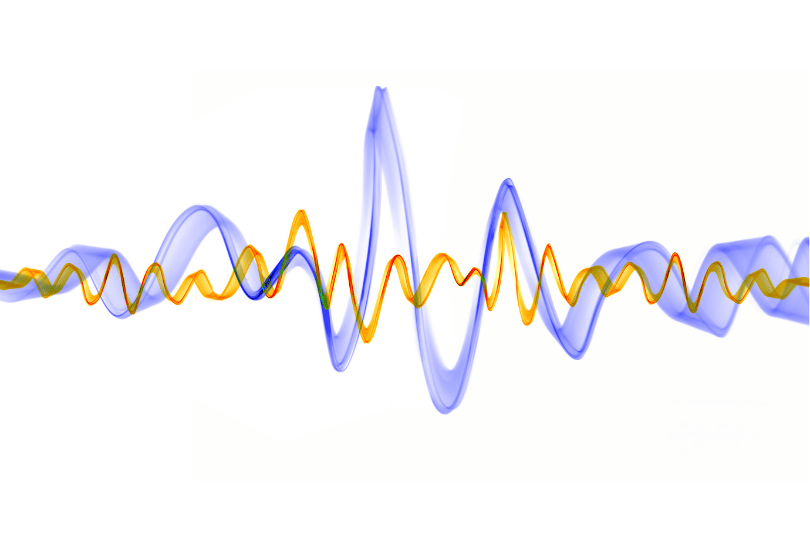What is the effect of the Third harmonics in electrical systems?
Electricity powers our homes, industries, and gadgets, making it an indispensable part of our lives. However, not all electrical signals are as smooth as we might think. Imagine a perfectly tuned orchestra, each instrument playing its part in sweet harmony. Now, picture a rogue musician crashing in, blasting off-key notes and throwing the whole performance into chaos. That’s what third harmonics are to the delicate ballet of electricity.

What are Third Harmonics?
Harmonics are like the musical notes that accompany the fundamental tone. In the electrical world, harmonics are multiples of the fundamental frequency, and electricity flows in waves, like the melody of a song. The normal wave, called the fundamental, has a steady rhythm. But sometimes, uninvited guests called harmonics sneak in, creating extra, distorted waves on top of the original. The third harmonic, as the name suggests, has a frequency three times the original frequency. Think of it like a hyperactive drummer banging triplets while everyone else plays quarter notes.
Why are they troublemakers?
These unwanted harmonics, especially the third one, can wreak havoc in electrical systems. Here’s how:
-
Overheating: One of the primary effects of third harmonics is heating. When electrical devices encounter these unwanted frequencies, they can’t process them as efficiently. This inefficiency leads to extra heat generation, stressing out equipment like transformers, motors, and other devices. This excess heat can damage transformers, shorten the lifespan of electronics, and even trigger fires. Especially in case of transformers since they are a vital component in our power systems, transformers aren’t fans of third harmonics. These harmonics can saturate the transformer core, causing it to overwork and heat up excessively, leading to premature aging and reduced lifespan.
-
Voltage distortion: The original, beautiful melody gets muddled by the harsh noise of the harmonics. This distorted voltage can affect sensitive equipment, causing malfunctions, data errors, and flickering lights. Think of it like trying to enjoy a concert with a kazoo blaring in your ear – the music just doesn’t sound right.
-
Neutral conductor overload: In three-phase systems, the third harmonic has a special talent for mischief. It likes to gather in the neutral wire, which is usually smaller and not designed for such heavy traffic. This can lead to overheating and even melting of the neutral conductor, creating a safety hazard. Imagine all the unwanted guests piling into the back row of the concert hall, overloading the seats and causing a commotion.
- Motor Miseries: Electric motors, found in various appliances and industrial machinery, can also be adversely affected by third harmonics. The additional frequencies cause vibrations, noise, and increased heat, diminishing the motor’s efficiency. Imagine trying to ride a bike smoothly while hitting unexpected bumps – it’s not a pleasant experience.
How to prevent third harmonic issues in electrical systems?
Third harmonic distortions can adversely affect the efficiency and longevity of electrical systems. Here are some effective strategies to prevent and mitigate these distortions:
- Harmonic Filters: Installing passive (like tuned LC filters) or active filters that use electronic circuits to neutralize harmonics can be an effective method. These filters are designed to target and eliminate harmonic frequencies.
- Harmonic-Resistant Equipment: Opt for electrical components that are designed to withstand harmonics. Harmonic-resistant transformers and motors, available in the market, are designed to minimize the impact of harmonic distortions.
- Isolation Transformers: These transformers can reduce the transmission of harmonics by providing a barrier between the load and the source, thereby mitigating the impact of harmonics on the power distribution system.
- Power Factor Correction: Enhancing the power factor with correction capacitors can indirectly tackle harmonic issues. A better power factor leads to a more balanced current distribution and reduces the risk of harmonics. It’s similar to improving the fuel efficiency of a car for a smoother and more economical drive.
- Avoid Resonance: Harmonics can intensify when they resonate with the system’s natural frequency. To prevent harmonics from reaching problematic levels, design the electrical system to avoid resonant frequencies or use detuning reactors on capacitors.
- Regular Maintenance: Regular inspection and timely replacement of aging components can help identify and address potential harmonic issues before they escalate. Monitoring of harmonic levels is a crucial aspect of preventive maintenance.
- Education and Training: Proper training of personnel working with electrical systems is crucial. Awareness about the potential effects of harmonics and the correct usage of equipment can help prevent harmonic issues.
- Limit Non-Linear Loads: Non-linear loads, such as variable frequency drives and electronic devices, are major sources of harmonics. Controlling the use of these loads or using appropriate filtering can help manage harmonic distortions.
- Implement IEEE 519 Standards: Adhering to the guidelines in IEEE 519, a standard that sets limits for harmonic voltage and current levels, can help keep harmonic distortions within acceptable limits.
- Monitor and Analyze: Continuous monitoring of harmonic levels using power quality analyzers and meters can provide valuable insights into the system’s performance. This data can be used for proactive corrective actions.
By implementing these strategies, we can protect electrical systems from the adverse effects of third harmonic distortions, ensuring reliable and efficient operation.